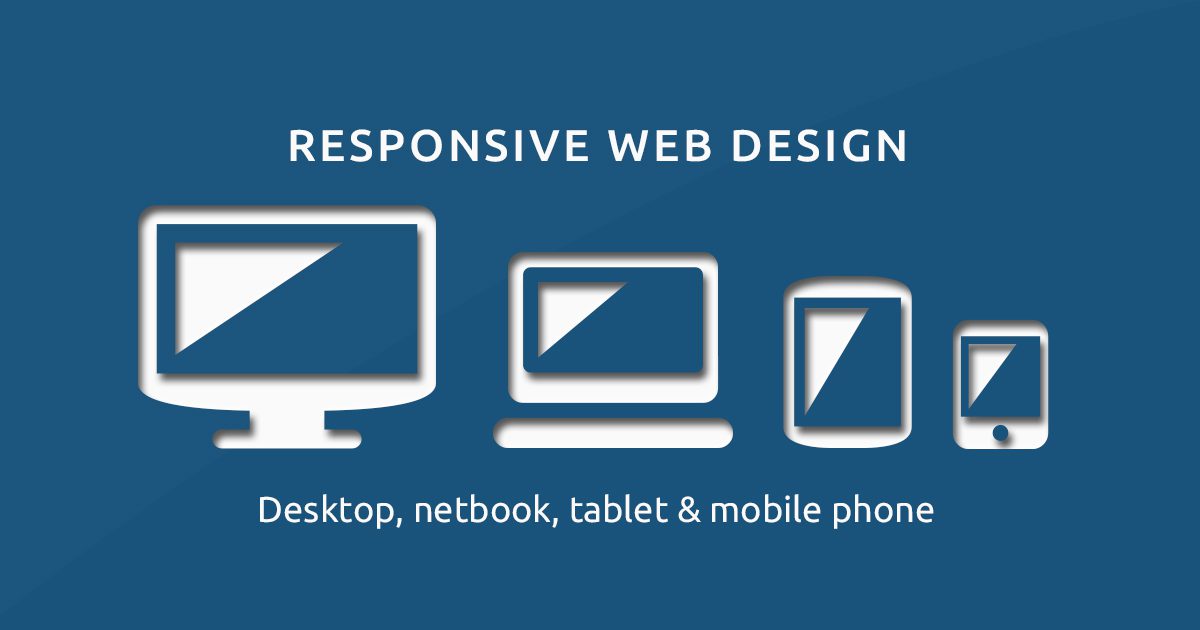Should a business invest their resources in developing a responsive website or is it equally as effective to have a non-responsive website design – one that costs less and perhaps requires less effort to develop?Spending resources on your website is an important investment that should only be made when there are substantial returns. This blog walks you through the various aspects of a responsive website compared to a non-responsive website, so that you can make the right choice for your business needs.
A recent report by Smart Insights provides an interesting and detailed analysis of the use of mobile phones. According to the report, 20% of Google searches (growing everyday) are performed on a mobile device. This statistic is not surprising. The exponential growth of users carrying a mobility device has led to a shift in the way online searches are performed. In fact, 25% of Internet users only use mobile devices for their daily search. These statistics highlight the need to have a strong and highly effective website for mobile devices as part of your business development strategy.
First things first, we need to identify the functional difference between different types of website designs. Non-responsive website designs are based on a single template displayed the same across different devices, irrespective of the device specifications. On the other hand, a responsive website is coded in such a way that it adapts to the specifications of a device, like its screen-size.
Now that the functional differences are clear, the next important thing to consider is the cost of each. Hiring a web developer to create a non-responsive website (e.g. custom mobile website) would cost anywhere from $500-$2,000. On the other hand, a basic responsive website will range from anywhere between $1,500-$5,000+ (OM Framework). Clearly, non-responsive templates seem to be a more feasible option, especially for new businesses working and investing resources in business development.
That said, the functional difference between the two website designs translates into different user experiences. For example, using the same template for different devices (i.e. a non-responsive website) may mean that is hard for consumers to find a certain set of desired content on the website. Maybe they need to zoom in too much, or finding the right button is tricky. This may be frustrating and could create a negative mobile experience for a customer, which no businesses can afford. According to Google’s Think Insights, if a customer visits the website and gets frustrated or fails to find content that he/she is looking for, 61% of them will leave immediately for another website which offers a better experience and has the right information. Don’t be surprised if that happens to be your competitor.
Another important reason to have a responsive website design has to do with SEO. With a responsible website, a single URL is assigned, which is not the case for a non-responsive website. The URL of a website directly ties into the SEO ratings, which means that for any given website, two different website designs could yield different SEO ratings. A responsive website design will have better SEO ratings compared to a non-responsive website, and a better SEO rating means greater visibility and an opportunity for business development. When completing a search online, many users do not navigate beyond the first page of the search results.
Last, but not the least is the question of whether it is better to develop an application for your business instead of having a responsive website. Developing an application has great benefits specially when trying to inform and remind your consumers about your product. However, for purposes of business development, it is also important to take into account the conversion rate, or the number of purchases that an application would create, as opposed to a responsive website. An interesting statistic by BuildFire identified that 67% of mobile users would rather purchase from a website, as opposed to making a purchase on an application. Another thing to keep into account is the plethora of applications available online. An average mobile user may or may not choose to get your application on his phone, just because there are so many different applications available.
To conclude, it is instrumental for a business focusing on acquiring new clients to have a responsive website. A responsive website creates a positive consumer experience and generates a high SEO ranking, both of which are crucial for business development.
For more on this topic, don’t forget to catch our upcoming webinar in which we will help you understand how to generate leads and potential sales from your company website.
[su_button url=”https://attendee.gotowebinar.com/register/421849996854585345″ background=”#ef6d2d” size=”15″ rel=”lightbox”]Register here[/su_button]
At MarkiTech, we can help your company become more awesome. We help develop and commercialize all your digital assets from creating mobile & responsive websites to helping with online / digital marketing. We help you realize the potential of online sales and using your website as an effective channel to increase sales and reduce costs. If you want to know more than sign up for our next webinar or get free consultation from us directly.
[cta]


